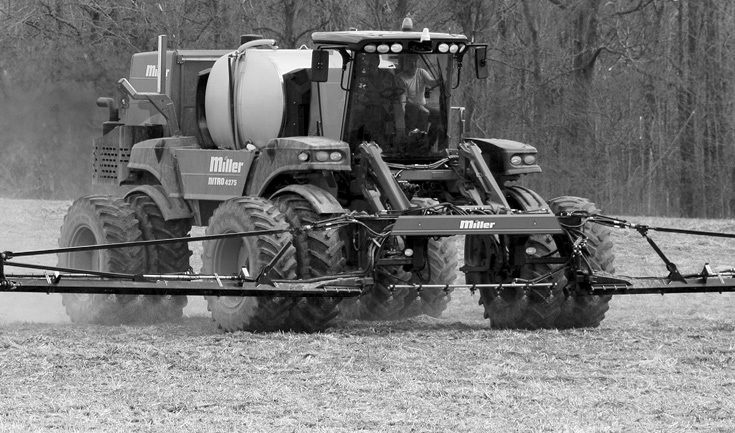No-Till Farmer
Get full access NOW to the most comprehensive, powerful and easy-to-use online resource for no-tillage practices. Just one good idea will pay for your subscription hundreds of times over.

With a wet spring like many Midwestern producers experienced this year, additional importance is placed on spraying equipment. The window of opportunity to complete this all-important task in a timely manner becomes an enormous challenge.
It’s not always easy to quantify the benefits of timing, but most no-till cornfields last spring were not burned down in a timely fashion due to less-than-ideal sprayer capacity and frequent rains. This led to increased weed pressure when herbicide applications were made, along with increased nutrient uptake by the weeds.
Nitrogen and other nutrients are expensive. A timely burndown for early weed control can increase the crop’s nitrogen efficiency and make you more money.
Another example of how improved timing can make a grower more money is fungicide application timing in no-tilled small grains and soybeans. Most research suggests that improved application timing can significantly increase yields.
As a rule of thumb in the Midwest, producers no-tilling wheat, corn and soybeans need to be able to spray each crop in no more than 4 or 5 days. If pesticide application overlap exists between different crops, you’ll need to consider increased spraying capacity.
While 4 or 5 spraying days per crop may sound unreasonable, many springs only have 10 to 20 spraying days per month due to rain or wind. Poor weather can stretch 4 or 5 spraying days over 10 days.
You also need to add in a “reliability factor” with your sprayer. The older the sprayer, the more problems that generally…